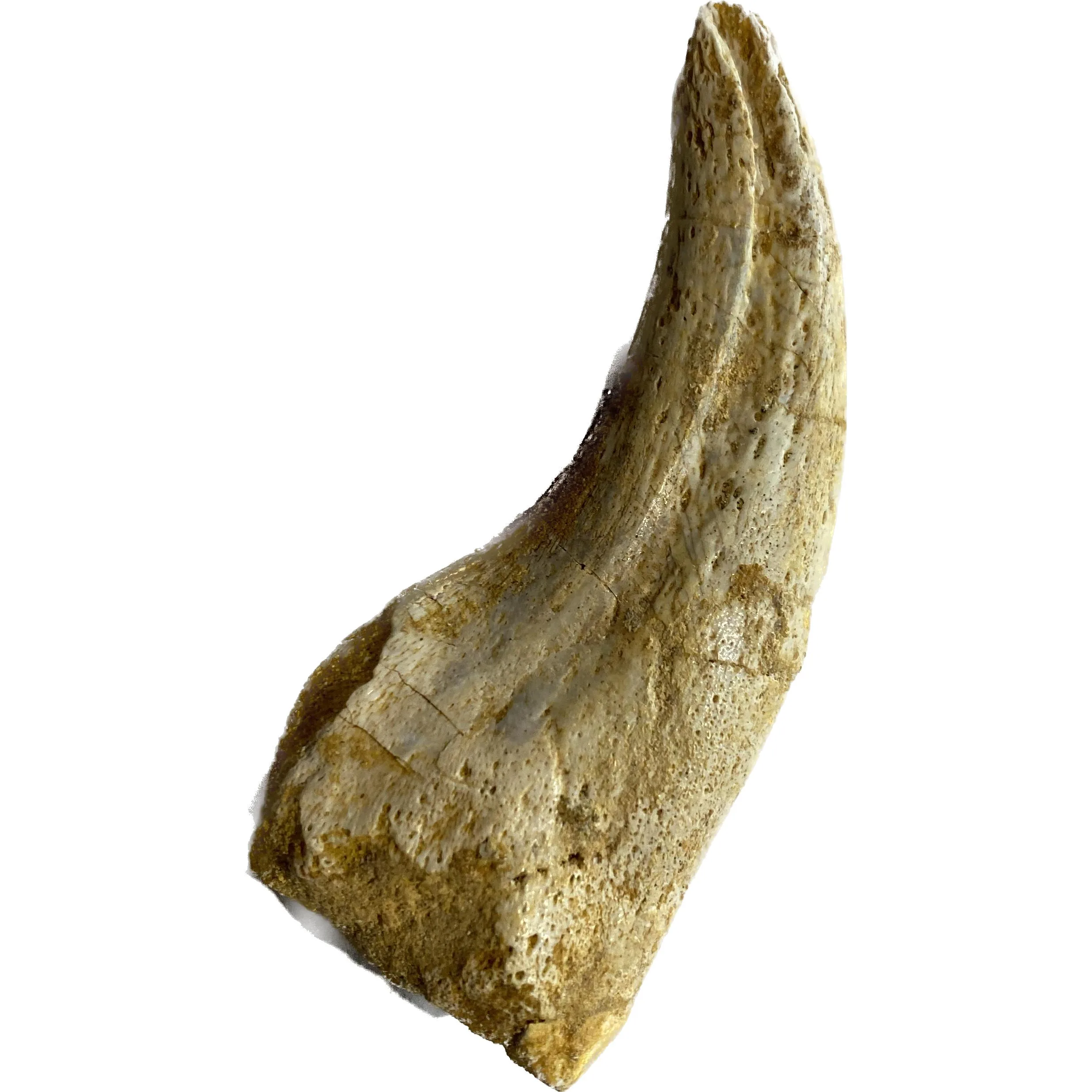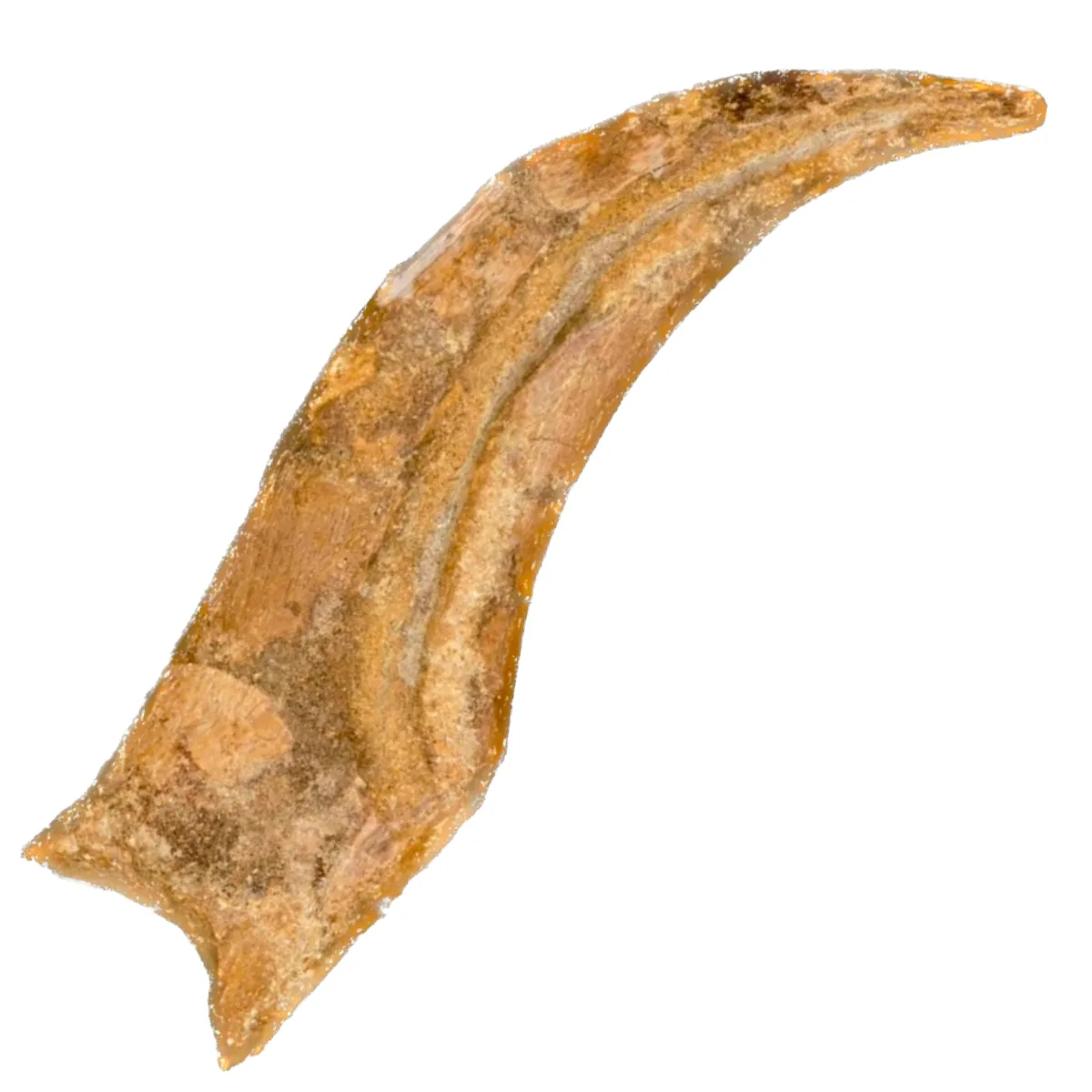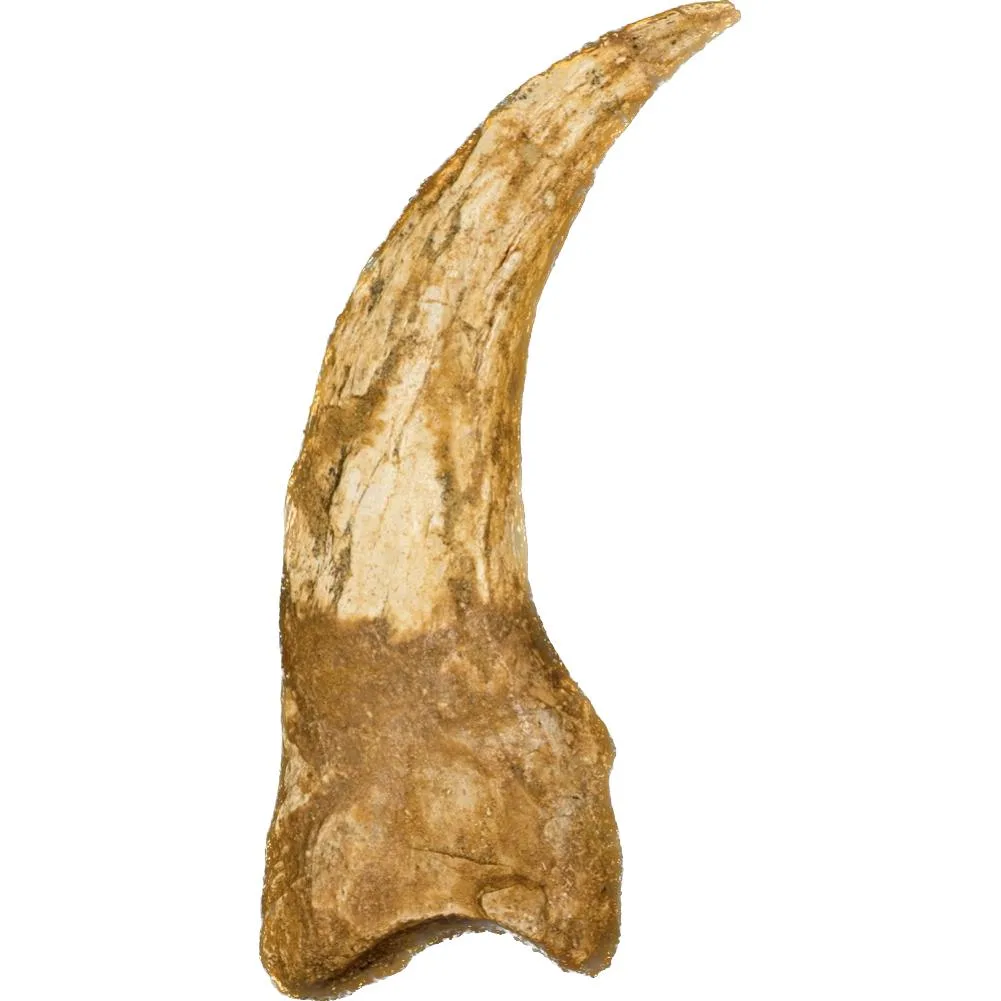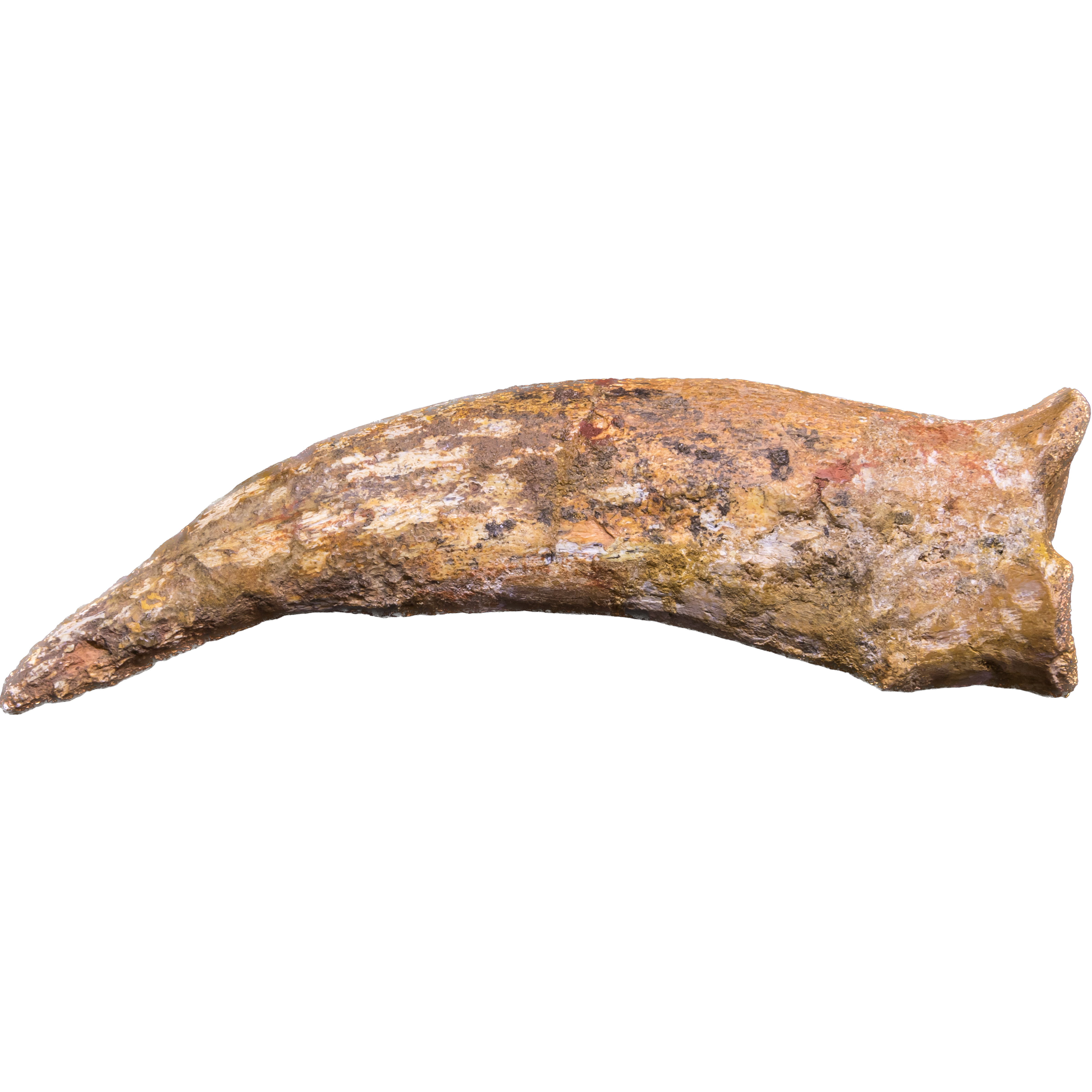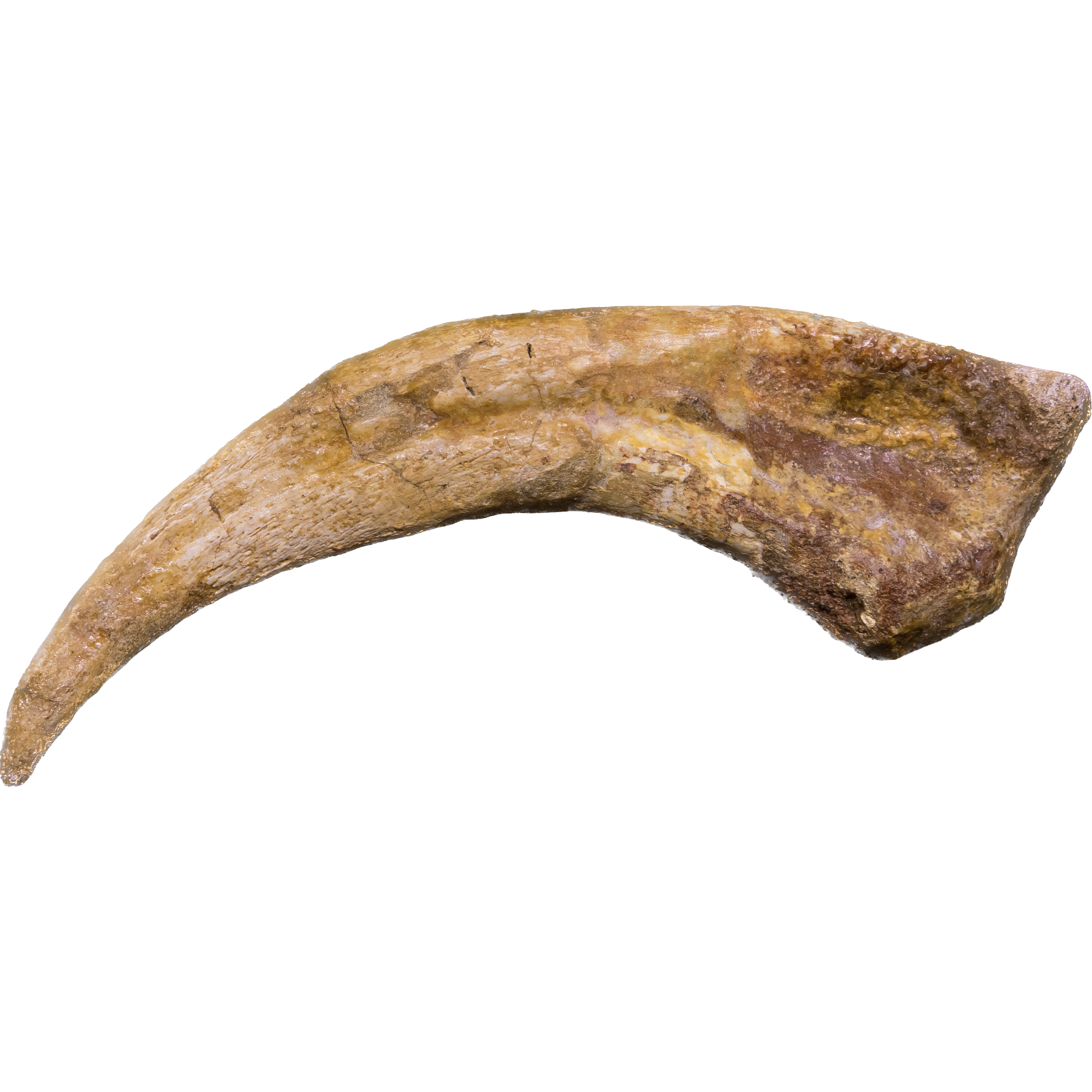Showing all 5 results
Fossilized dinosaur claws provide intriguing glimpses into the lives of these ancient creatures, offering valuable clues about their behavior, ecology, and evolutionary adaptations. These specialized structures have a rich history in the field of paleontology, serving as crucial tools for scientists to unravel the mysteries of dinosaur biology.
Dinosaur claws have been found in various forms and sizes, reflecting the diverse lifestyles and habitats of different dinosaur species. Some claws are large and robust, suggesting powerful grasping capabilities suited for capturing prey or defending against predators. Others are slender and curved, indicating adaptations for climbing, digging, or other specialized behaviors.
The study of dinosaur claws provides insights into locomotion and feeding strategies. By analyzing the size, shape, and curvature of claws in relation to other skeletal features, scientists can infer how dinosaurs moved, manipulated objects, and interacted with their environments. For example, the distinctive sickle-shaped claws of certain theropod dinosaurs, such as Velociraptor and Deinonychus, are associated with predatory behavior and are believed to have been used for slashing or gripping prey.
Additionally, dinosaur claws offer clues about social behavior and ecological interactions. Fossilized footprints preserved alongside claw marks provide evidence of dinosaur movement patterns and group dynamics. By studying these traces, scientists can reconstruct ancient ecosystems and understand how dinosaurs interacted with one another and their surroundings.
Overall, fossil dinosaur claws play a vital role in reconstructing the biology and behavior of these fascinating creatures, shedding light on their evolutionary history and ecological roles in prehistoric environments.

